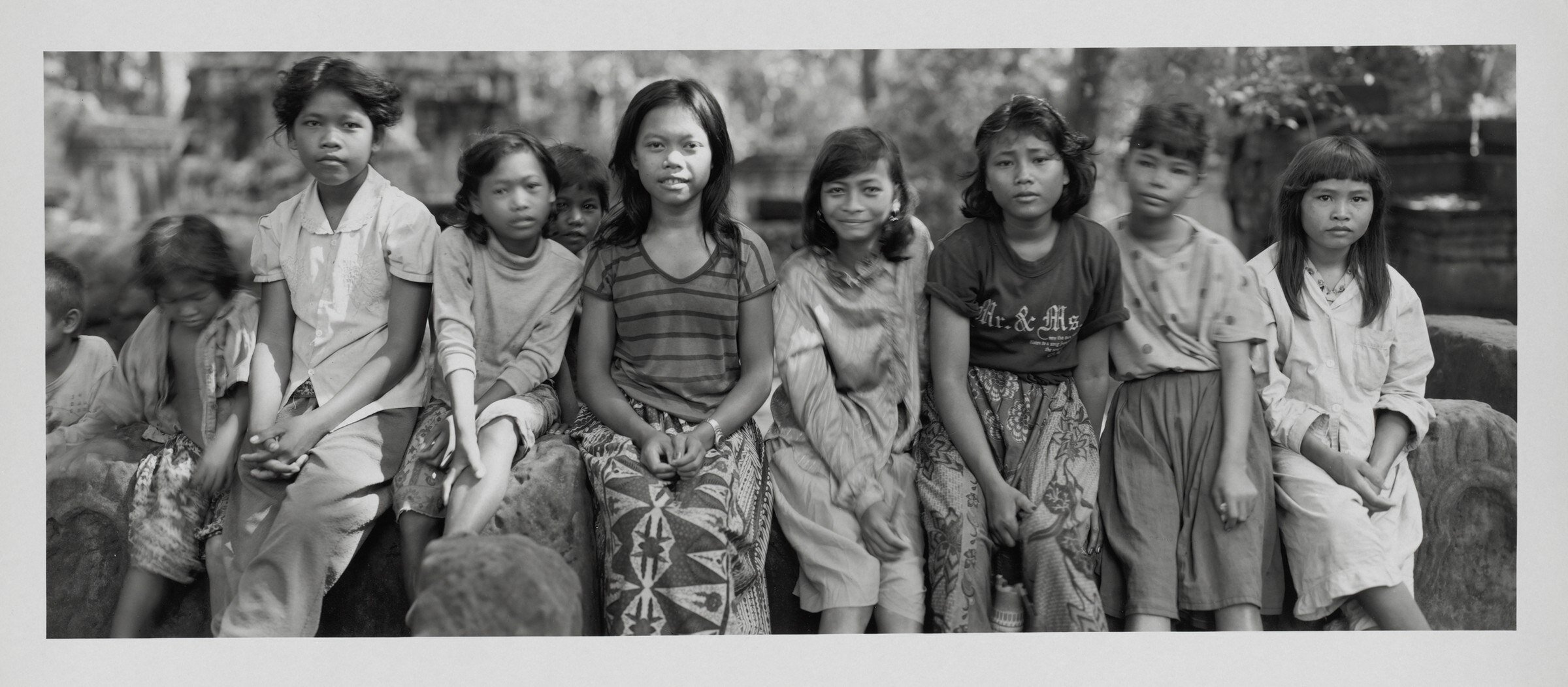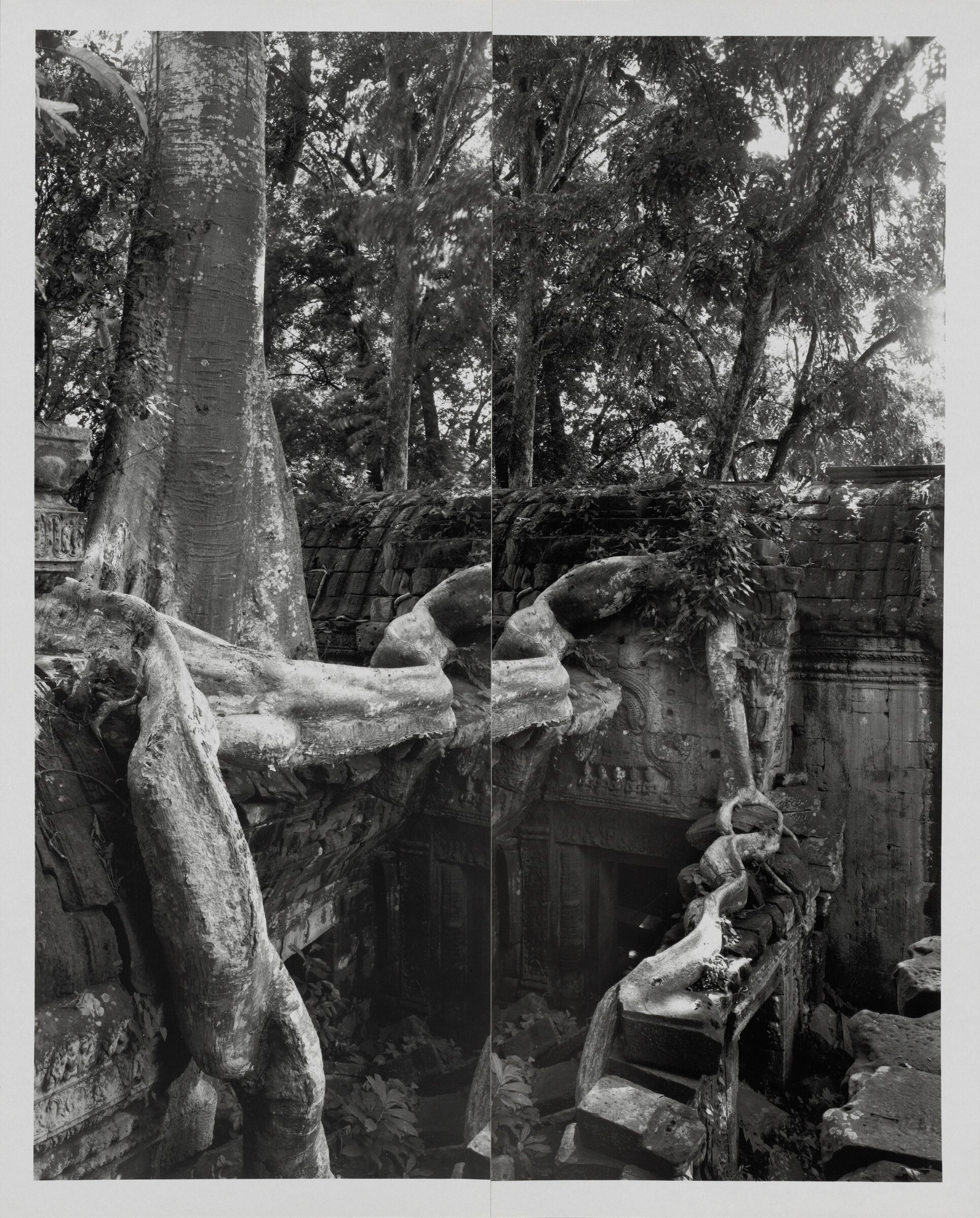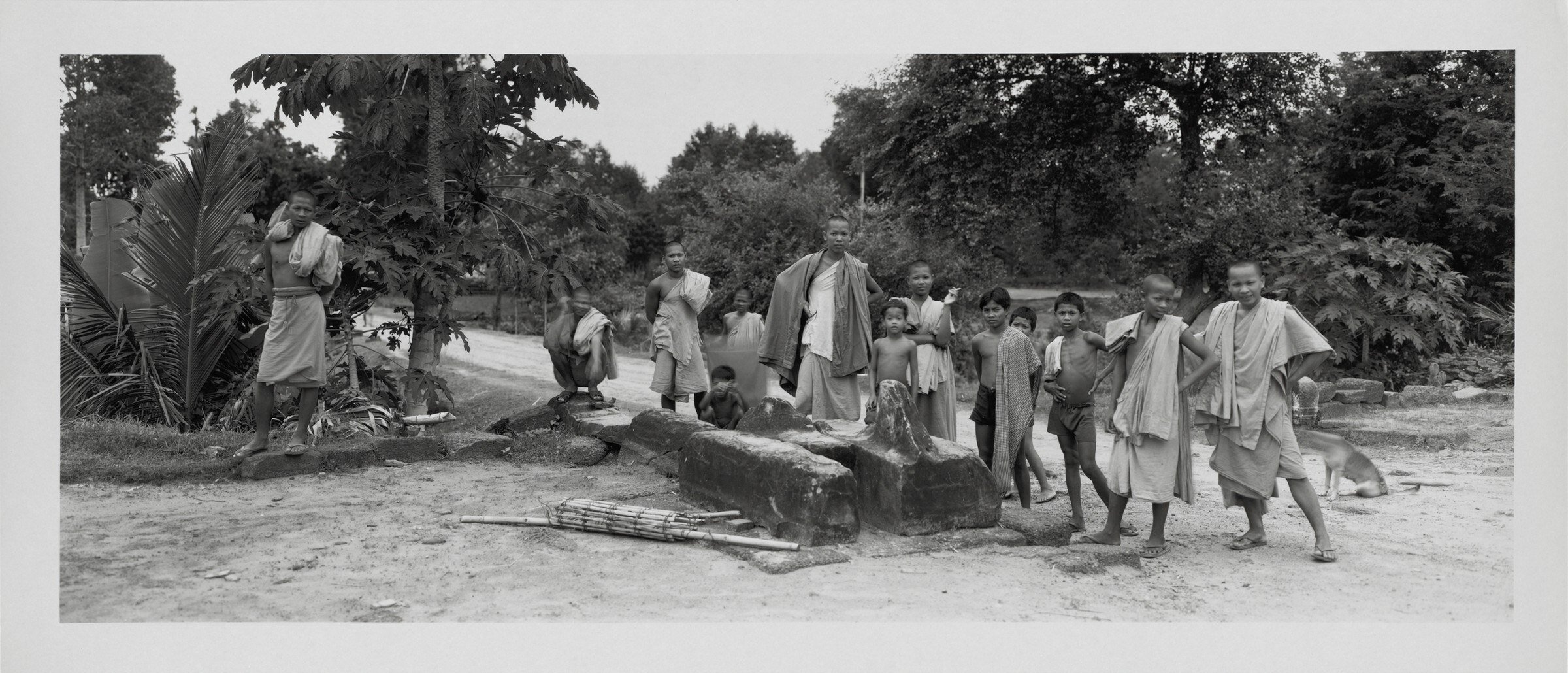Visions of Angkor by...Lois Conner
by Lois Conner
Photographic essays by famous or budding photographers. A forum for young and confirmed talents, a compilation of reference visual arts renditions of Angkor.
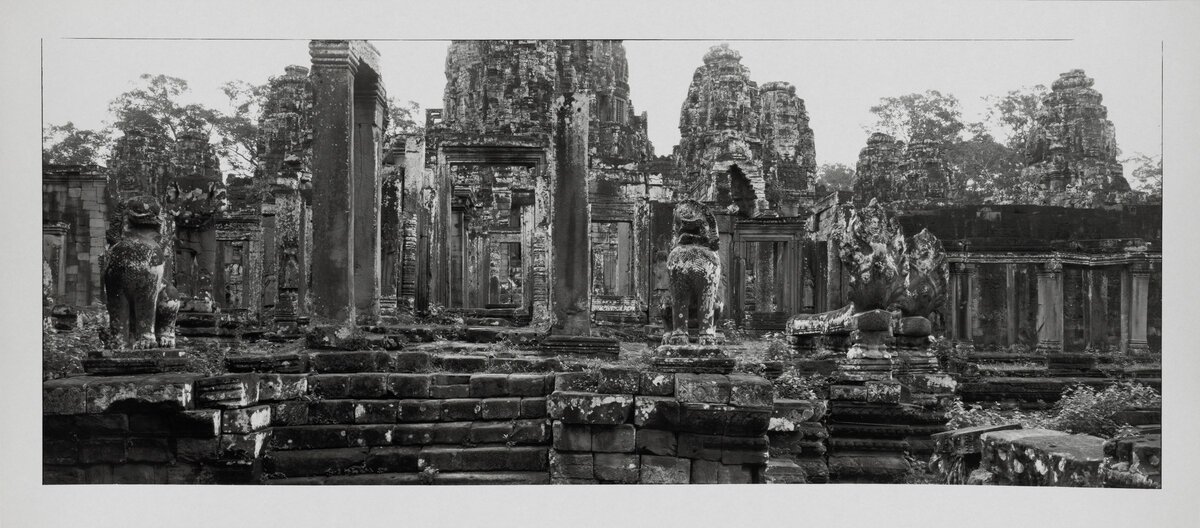
Published: 1993
Author: Lois Conner
Known for her photographs and books on Chinese urban landscapes, Lois Conner did visit Angkor in the 1990s, while she was still based in Beijing, and took some remarkable photographs of the ruins and the people around them.
It was in 1982 that Lois Conner began to work in elongated format, using a panoramic or banquet camera, inspired in part by Tang dynasty scroll paintings she had studied under the guidance of Richard Barnhart, and mentioning also the influence of British landscape painter J.M.W. Turner (1775−1851). While in Beijing with a Guggenheim Fellowship, and later on when staying in China, she perfected the technique. Later on, she also worked on Native American Reservations in the West, inspired by the stories told by her maternal grandmother, who was Cree. Her photographs of Angkor, the Bayon, Ta Prohm, have a particular texture and light that set them quite apart from other artistic visions.
Other contemporary photographers such as Dick Arentz (especially for his 1998 Grand Tour book) have explored the resources of the banquet camera, usually 12x20-inch Folmer Schwing or 7x17-inch Korona cameras equipped with modern lenses. According to photograph critic Frank Van Riper, this type of large negatives allows for remarkable effects when combined with platinum or palladium printing: “100% cotton rag paper is hand coated with a solution containing platinum and/or palladium salts and an iron oxalate sensitizer. Once dry, the paper is put in contact with a negative and subjected to intense ultraviolet light which causes the reduction of the platinum or palladium salts to pure, stable, metal that defines the image.” The photographs here displayed were gelatin-silver printed.
“Conner is not a photojournalist methodically finding art in the typologies of life (…), she’s an artist who intuitively shoots what she often refers to as “gifts” that illuminate her and, through her, us. At times the atmospherics of her pictures are heightened by figures blurred by protracted exposures. Her black-and-white platinum prints are of an ethereal aesthetic that transforms even the most pedestrian scene into subjective reveries,” noted the Los Angeles Review of Books in 2015.
Source: ©Lois Conner, from Fogg Museum (Cambridge, USA), President & Fellows of Harvard College.
Tags: photography, sacred, monks, daily life, Angkor Wat, Bayon, Ta Prohm, Chinese art
About the Photographer
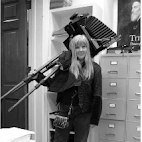
Lois Conner
Lois Conner (b. 1951, New York City, USA) is an American photographer and professor of photography who has published several acclaimed books on China and Tibet, and has extensively traveled around Asia.
Her work is permanently exhibited in galleries in Washington, DC, Lausanne (Switzerland) and Shanghai. A recipient of the John Simon Guggenheim Memorial Foundation grants, the National Endowment for the Arts Fellowship and the Anonymous Was a Woman fellowship, Lois Conner has recently been focusing on themes such as lotus leaves or pregnant women.
Calling herself “a collector of landscapes”, she favors the 7×17 banquet camera, originally used in the late 19th century for photographing large gatherings, with a huge negative format and elongated platinum prints that ensure that large crowds remain in the same sharp focus. She has also worked on the American West and European countries.


